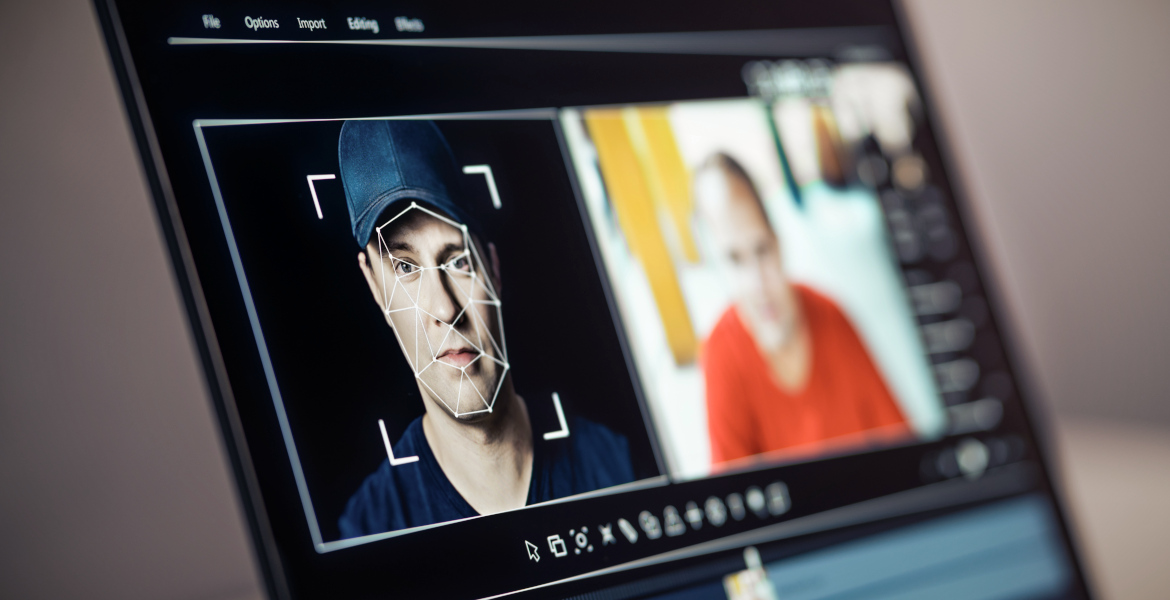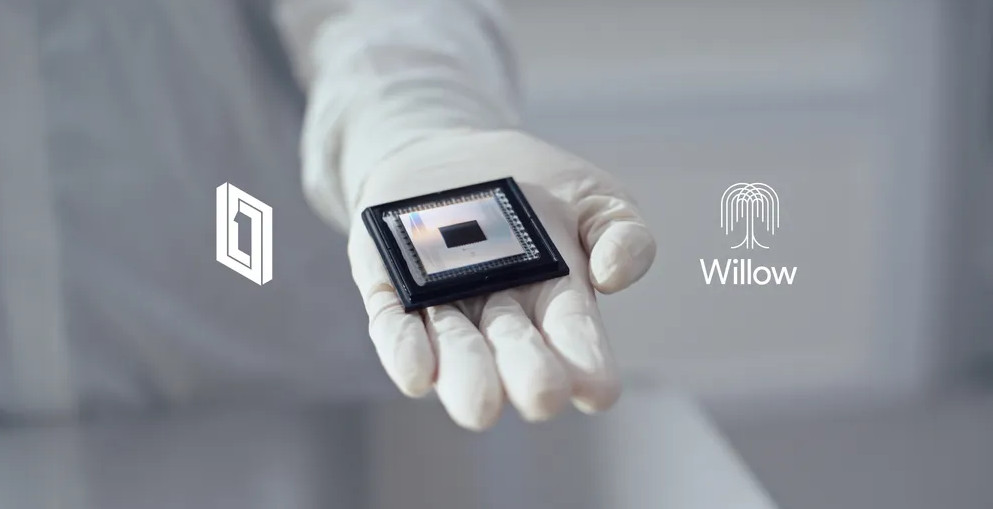The most advanced AI-generated deepfake movies can now fake people's heartbeats so convincingly that even specially developed detectors are fooled, according to a new study from Humboldt-Universität in Berlin.
The researchers' findings raise concerns that technological developments may soon make manipulated material indistinguishable from authentic images and movies.
In the past, detectors have used a special method (remote photoplethysmography, or rPPG) that analyzes tiny color changes in the skin to detect a pulse – as a relatively reliable indicator of whether a film clip is genuine or not.
But in the new study, the researchers created 32 deepfake movies that not only looked real to human eyes, but also imitated pulse beats. When these videos were tested against an rPPG-based detector, they were incorrectly classified as genuine.
"Here we show for the first time that recent high-quality deepfake videos can feature a realistic heartbeat and minute changes in the color of the face, which makes them much harder to detect", said Professor Peter Eisert, the study's lead author, in a statement.
Increases risk of fraud
According to the study, pulse signals from original videos can be "inherited" by deepfakes in that AI models replicate slight variations in skin tone and blood flow and heat maps in the study showed near-identical light changes in both genuine and manipulated videos.
"Small variations in skin tone of the real person get transferred to the deepfake together with facial motion, so that the original pulse is replicated in the fake video", Eisert further explains,
These advances increase the risks of deepfake's use in financial fraud, disinformation and non-consensual pornography, among others. In 2023, an independent researcher estimated that over 244,000 manipulated videos were uploaded to the 35 largest deepfake pornography sites in a single week.
Technical arms race
Despite the study's worrying results, there is some hope of reversing the trend. The researchers note that today's deepfakes still fail to replicate natural variations in blood flow over time. In addition, tech giants such as Adobe and Google are developing watermarks to mark AI-generated material.
Meanwhile, the US Congress recently passed the Take It Down Act, which criminalizes the dissemination of non-consensual sexual images – including AI-generated ones. But experts warn that the technological arms race between creators and detectors requires constant adaptation.
"This continuous evolution of deepfake technologies poses challenges for content authentication and necessitates the development of robust detection mechanisms", the study points out, noting that as AI development accelerates, the fight against digital fraud is also becoming more urgent.
Others have raised a very different concern – that the widespread proliferation of AI-engineered material could be used as a pretext for tougher censorship and laws that restrict people's freedom online in various ways.




